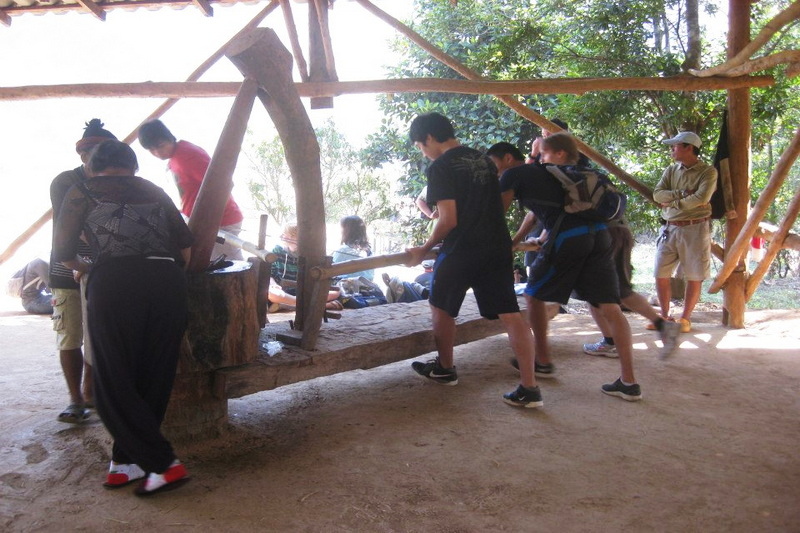Ban Muang Pam Village Preserves Culture in Nature
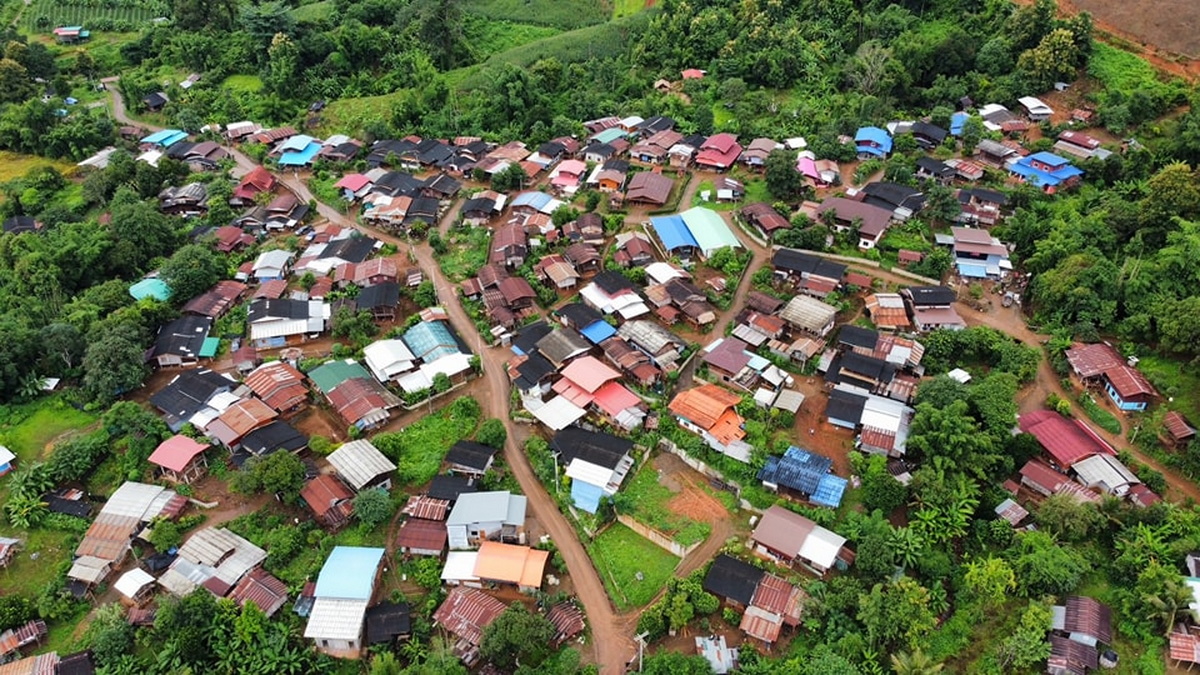
Nestled deep in the forests of Pang Mapha, Ban Muang Pam village invites visitors to explore authentic Karen ways of life.
🌎 A Village Rooted in Nature and Time
Ban Muang Pam is located in Pang Mapha, a remote and mountainous district in Mae Hong Son province. Set within a lush valley surrounded by limestone cliffs, dense forest, and meandering creeks, the village has a tranquil beauty that reflects its harmonious coexistence with nature. The settlement was officially founded in the early 1960s by Karen migrants, though archaeological remnants hint at older Lua and Tai Yai populations. Today, the community thrives on both its rich natural resources and the cultural legacy handed down from multiple generations. As part of the Mae Hong Son loop tour, Muang Pam village offers a scenic detour into a world largely untouched by modernization, yet rich in heritage and ecological balance.
👥 Community Bonds and Kinship Identity
With a population of over 600 individuals across 180 households, Muang Pam village exemplifies strong communal ties. The social system is primarily organized around clan kinship, where extended families play a vital role in childcare, agricultural collaboration, and spiritual observances. Elders often take on leadership roles, offering guidance on both everyday matters and ceremonial affairs. Village decisions are typically made through collective consensus, reflecting the community’s emphasis on harmony and respect. The community upholds a rotational labor system for rice planting, house building, and harvesting, ensuring all families benefit equally. These tightly knit structures preserve a unique social fabric that remains resilient against external cultural influences.
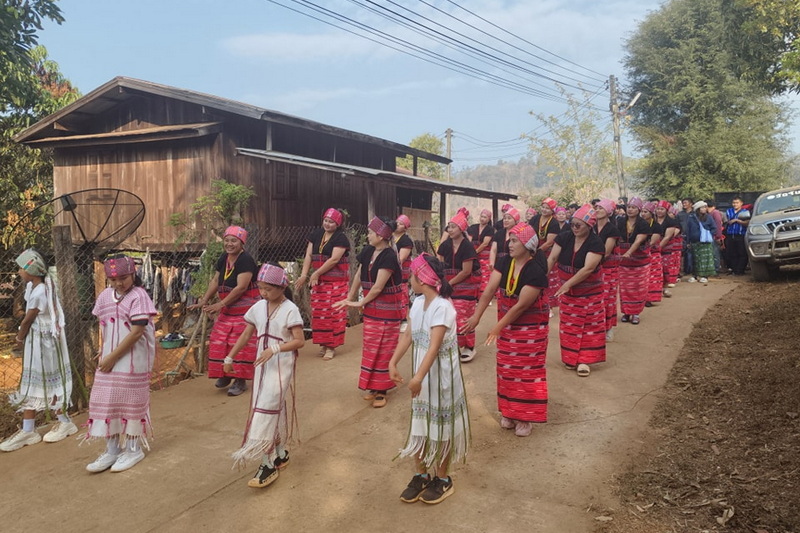
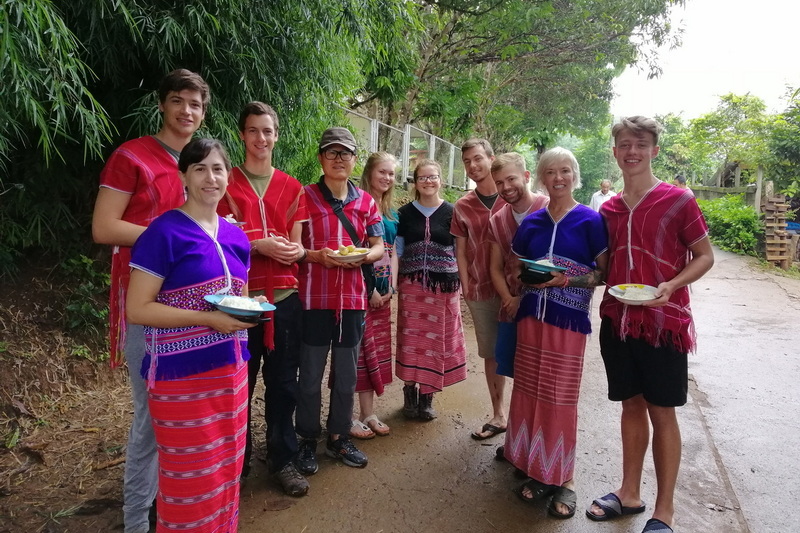
🧶 The Pgak’yau People: A Distinctive Identity
The residents of Ban Muang Pam identify as Pgak’yau (Karen), particularly of the Sgaw subgroup. Their language, Sgaw Karen, is the dominant form of communication within the community, although most are also fluent in Thai. Cultural identity is maintained through daily practices like traditional dress, spiritual rituals, and oral storytelling. Women in the village wear handwoven garments dyed with natural colors derived from tree bark, roots, and flowers. These garments are not only practical but also symbolic, representing age, marital status, and clan lineage. Religious practices include a combination of Theravada Buddhism, ancestral worship, and animist rituals. Ceremonies such as blessing rice fields or invoking forest spirits are central to their worldview and demonstrate their profound spiritual connection with the land.
🌾 Rural Life and Sustainable Practices
Daily life in Muang Pam village is structured around seasonal agricultural activities. The villagers practice rotational farming (taungya system), an ecologically sustainable method where fields are cultivated for a few years before being left to regenerate. Primary crops include upland rice, maize, and legumes, with supplementary foraging for mushrooms, bamboo shoots, and medicinal herbs. Household tasks like weaving, cooking, and animal husbandry are shared across generations. Children often assist their parents in the fields or participate in traditional weaving under the guidance of their grandmothers. The community’s diet is organic and seasonal, largely consisting of rice, vegetables, and forest proteins. By maintaining this traditional way of life, the village serves as a living example of eco trekking Mae Hong Son-style sustainability.
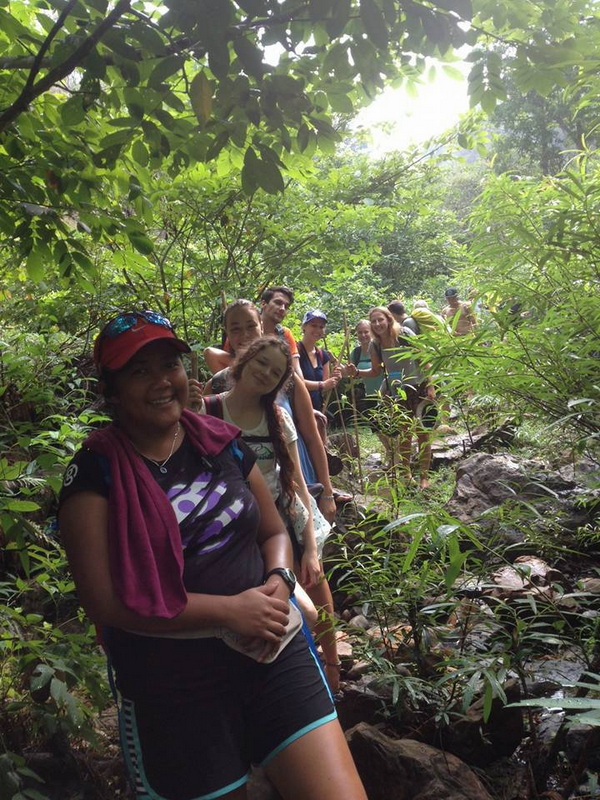
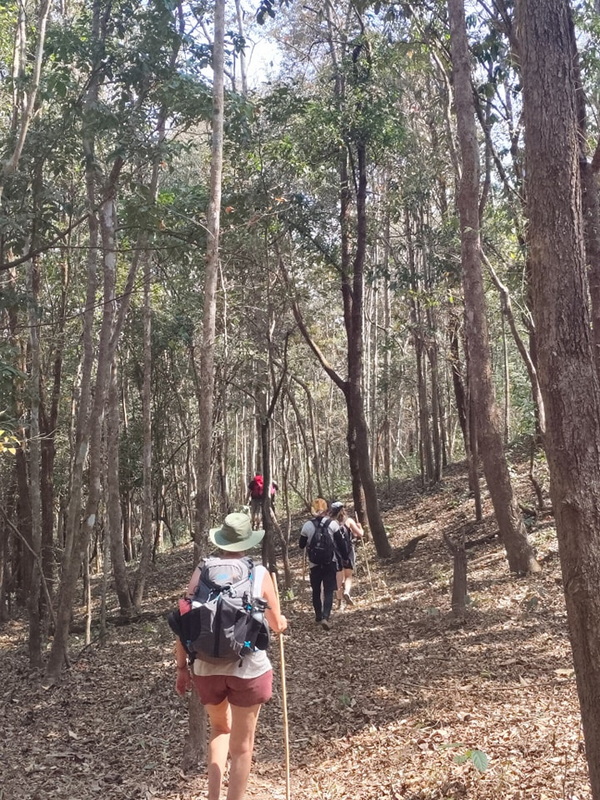
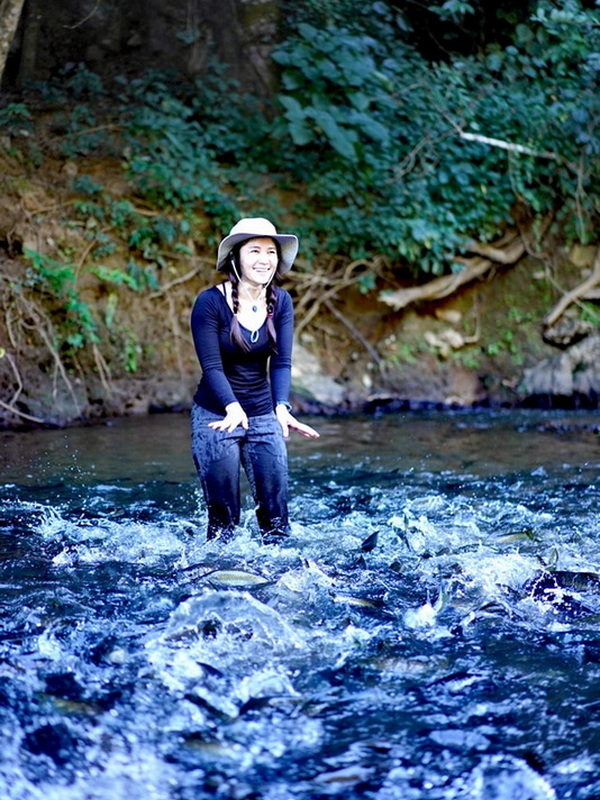
🏃️ Trekking Trails and Cultural Encounters
Trekking in Ban Muang Pam is not merely an outdoor adventure but a cultural experience. Guided by local Karen hosts, visitors explore jungle trails that lead to sacred caves, natural rock formations, and panoramic mountain viewpoints. These treks often include stops at spiritual shrines and historical sites where guides share oral histories passed down through generations. In the village itself, travelers can participate in hands-on activities such as learning to weave fabric, preparing Karen cuisine, or taking part in rice planting. These immersive experiences are part of a wider effort to promote Mae Hong Son tour programs that are ethical, educational, and environmentally conscious.
🏫 Preserving Culture in a Changing World
As global influences slowly reach rural Thailand, Ban Muang Pam stands firm in preserving its cultural identity. Through the support of local NGOs and sustainable tourism initiatives, villagers are now able to share their heritage with outsiders while maintaining control over how their culture is represented. Community-based tourism offers supplemental income and encourages younger generations to value their roots. The success of these initiatives has helped position Ban Muang Pam as a model village within Mae Hong Son for integrating tradition with progress. Visitors often leave not only with beautiful memories but also with a deeper appreciation of what it means to live in balance with nature and community.
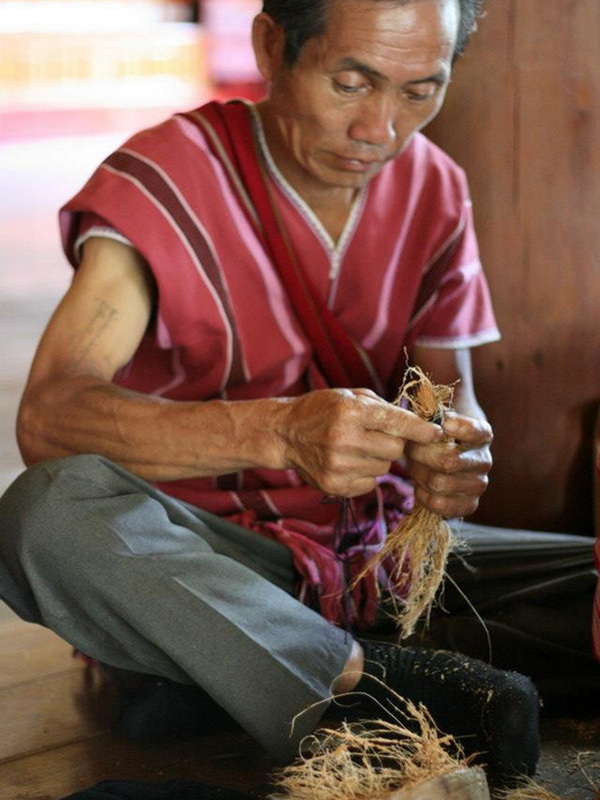
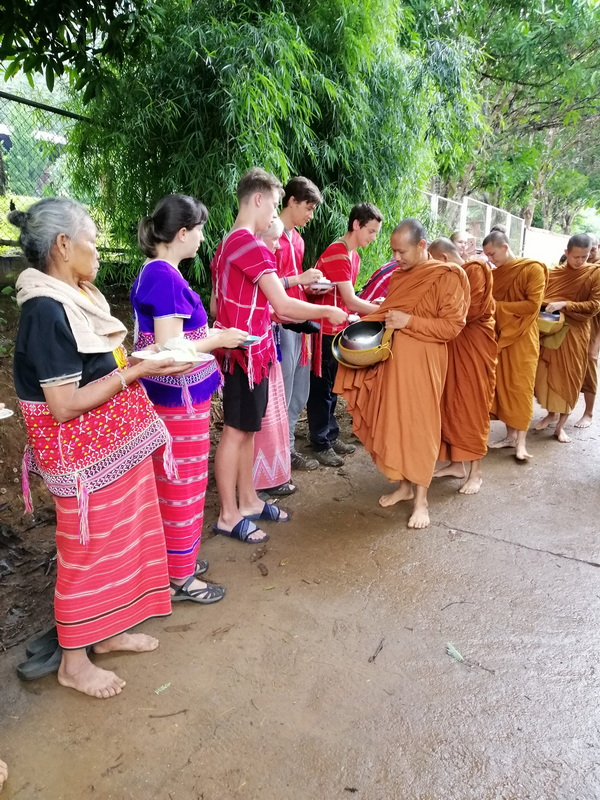
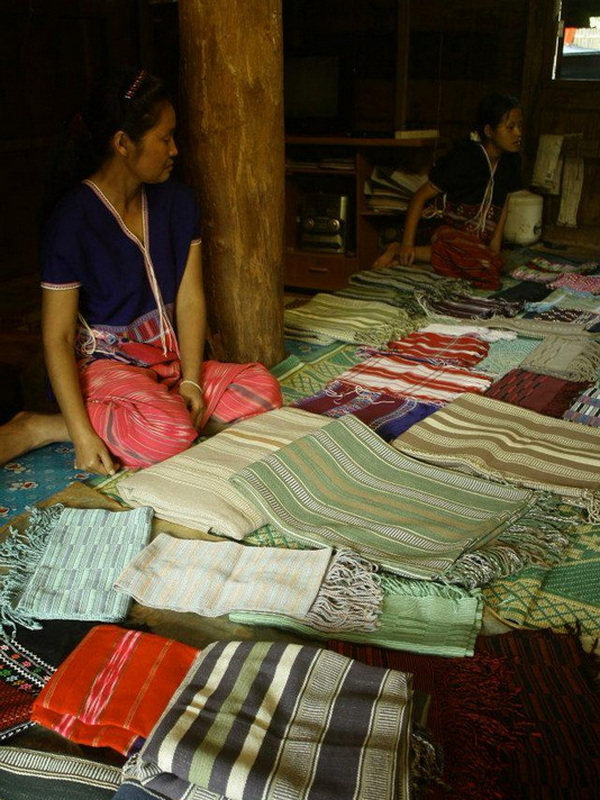
🌴 Attractions in Ban Muang Pam
-
Weaving Demonstration Houses
Witness the intricate process of Karen backstrap weaving using natural dyes. - Sacred Spirit Shrines
Small forest shrines where villagers make offerings to ancestral and nature spirits. - Bamboo Water Wheels
Ingenious devices used to irrigate rice paddies using stream water. - Local Herbal Gardens
Discover native plants used in traditional Karen medicine and cooking.
🚗 Getting to Muang Pam village
From Chiang Mai, follow Highway 1095 through Pai and continue west toward Pang Mapha. After reaching Tham Lod junction, take a local road to Ban Muang Pam. A 4WD vehicle is advised, especially in rainy season.
Find your path off the beaten trail — journey into Ban Muang Pam village where stories are woven, and the forest leads you home!
Get off the beaten path—hike to Ban Pha Mon, meet the Red Lahu, and experience culture through your own two feet.
Nearby Attractions
A scenic Karen village with cultural tours and breathtaking trekking trails.
Known for its cave systems and quiet village homestays ideal for nature lovers.


